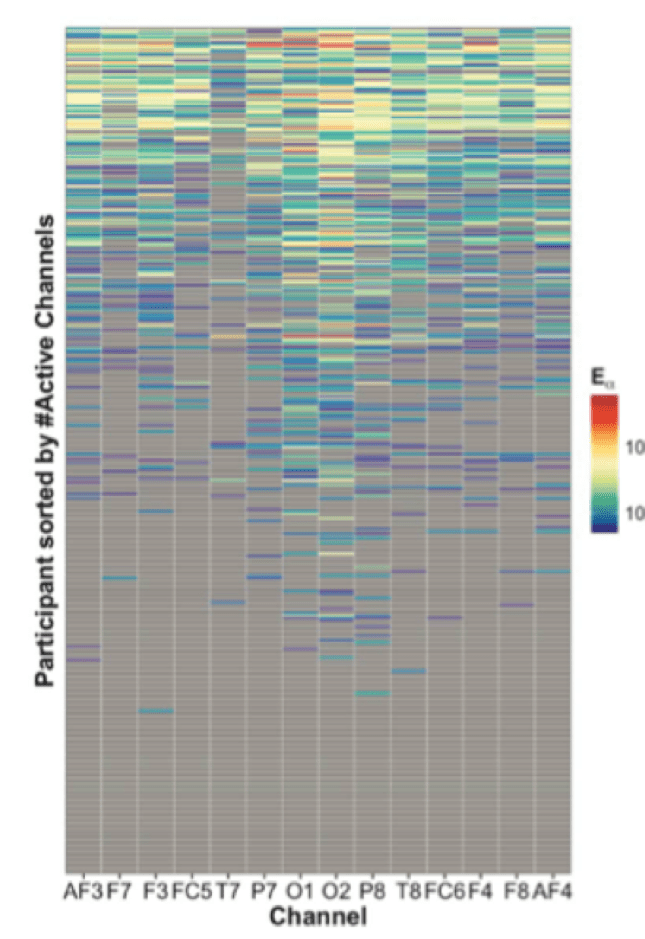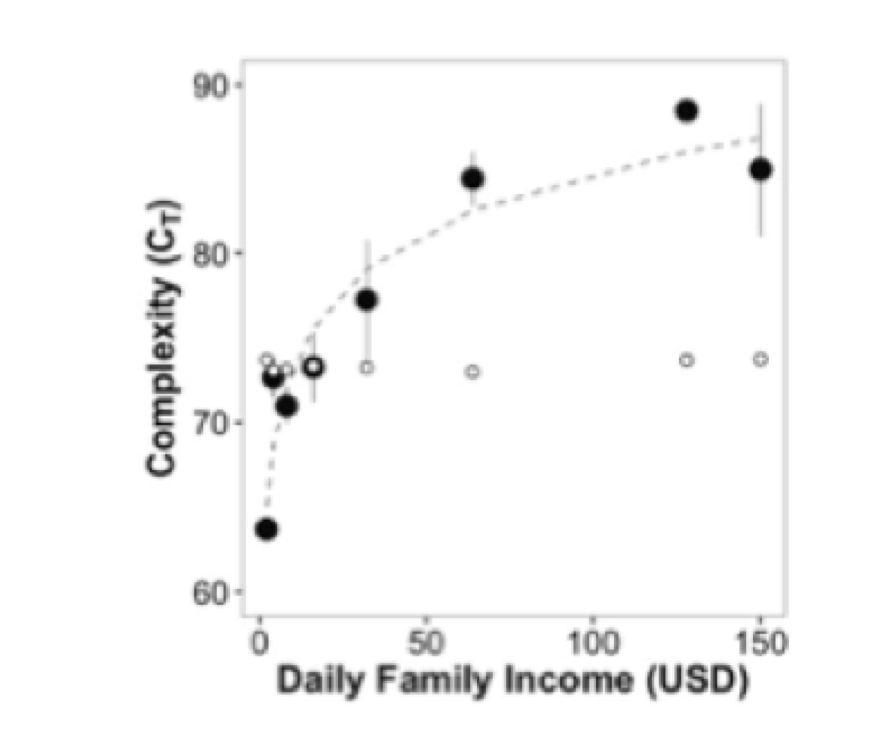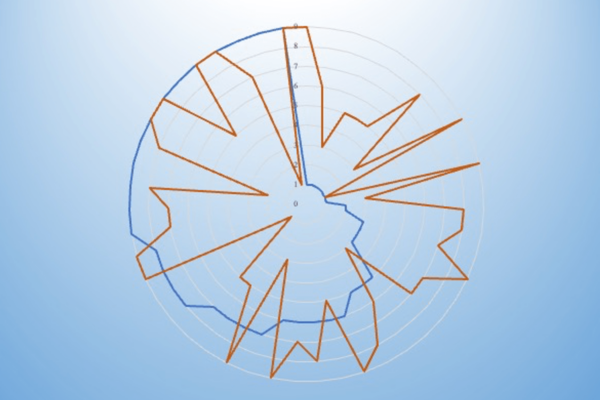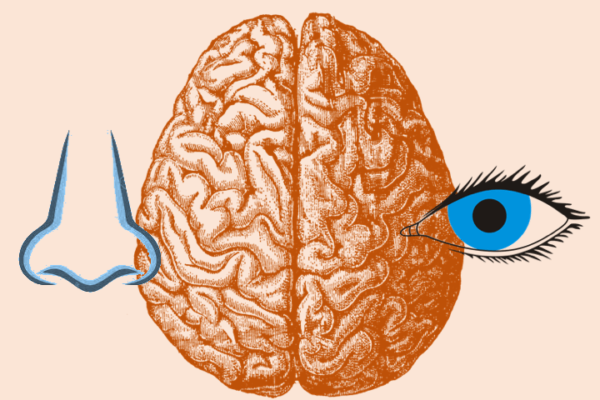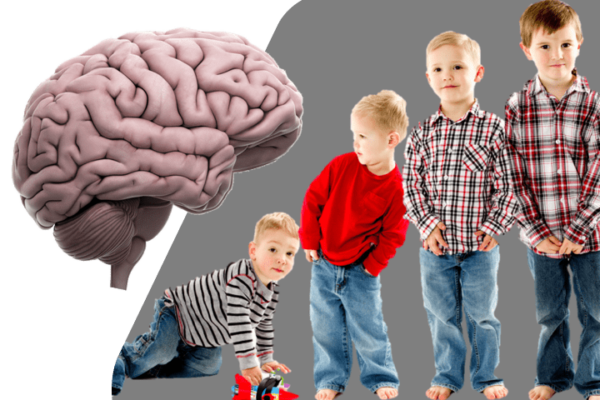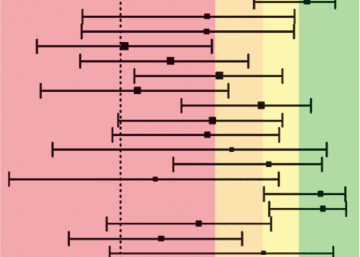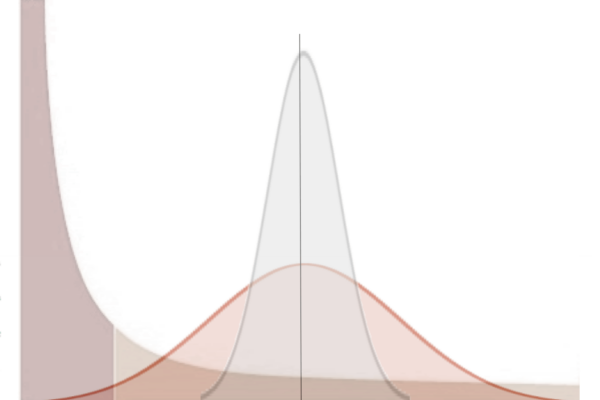7 Billion Human Brains
How are they different? What does it mean?
The Human Brain Diversity Project
The goal of the human brain diversity project is to shed light on the diversity of our brain physiology, how it is influenced by environment and in turn, how it informs cognitive and mental health outcomes.
Towards this, the project will build an open database of 40,000 individuals across 4 countries and continents over the next five years consisting of EEG recordings along with extensive information about demographics, lifestyle, technology use, diet and cognitive and mental health aspects. The study will be stratified across the lifespan and sample from a range of settlements and ecosystems based on population, geographical environment and infrastructure that span as best possible the diversity of human experience. Learn more about the research behind it here.
Researchers in other countries and related fields can participate through our Neurolab program.
THE WHY OF THIS PROGRAM
Life experience is diverse, human brain activity is diverse too
Unlike any other organ, the brain constantly rewires itself across the lifespan in response to its sensory experiences, producing different behaviors at different ages. Furthermore, across the planet life experience is diverse and diverging more than ever in terms of income and access and use of resources, tools and technologies that alter the rate and nature of stimulus experience. This experience is reflected in the structure and activity of the human brain. Most of human brain research has been done in the United States and Europe on small samples (the median study size is around 60 people), typically college students. With 6 out of 7 billion people living outside of the US and Western Europe, and only 13% of adults being college educated, current research does not represent the vast majority of humanity. Give that the human brain is profoundly important for every social and economic outcome from education to jobs to ultimate human fate, it is imperative that we understand how its function is impacted by our diverse experiences and in particular, our diverging access to resources and technology.
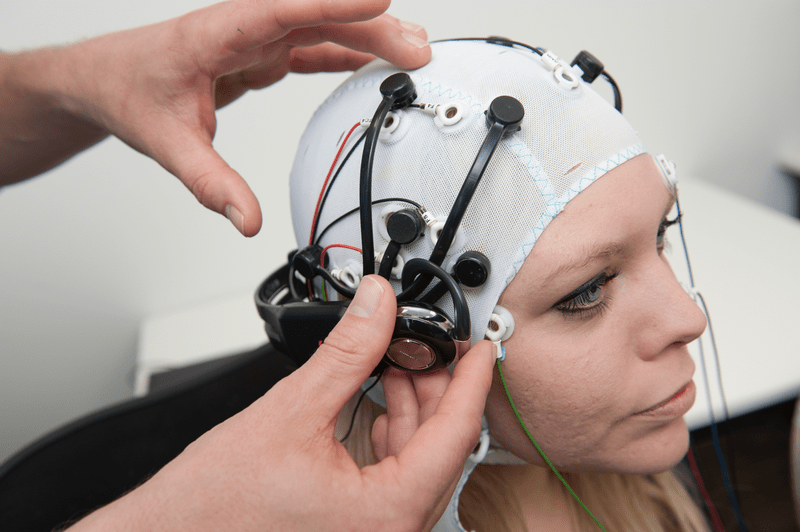
A Focus On EEG
The Human Brain Diversity project focuses on EEG as its primary measure of brain activity on account of its many practical and scientific advantages. The EEG records electrical activity from the brain through noninvasive electrodes placed on the scalp and is a cost effective, portable technology with high temporal resolution. A major element of our research is the development of novel algorithms and automation of analysis and interpretation of the EEG signal at scale.
The Neurolab Program
The Neurolab program equips researchers in Asia, Africa and Latin America working with underrepresented human populations in adjacent fields such as public health, nutrition and education with the tools, equipment and tutorials to add EEG and brain assessments to their field research and contribute to the Human Brain Diversity Project. To be part of our Neurolab Program, fill in this form and send it to us at info@sapienlabs.org.
Image: Neurolab workshop at the University of Khartoum in Sudan
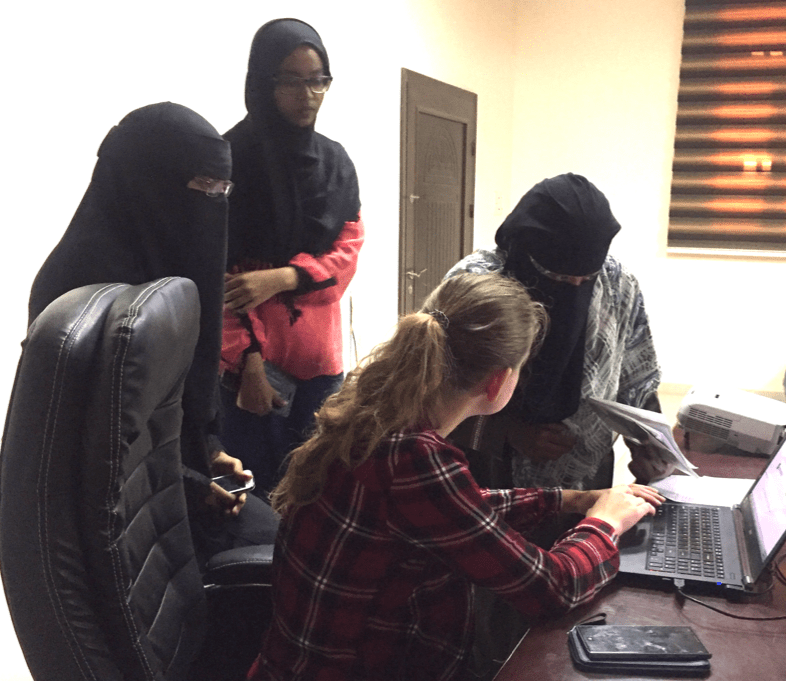
Events
EEG: Analytical Approaches and Applications
This virtual symposium will be held every other year and focuses on new tools and techniques in EEG. See more about our last event in 2019.
Inter-and Intra-person Variability in the Human Brain
This virtual symposium will be held every other year and focuses on variability in the brain within and across populations at various levels from structure to dynamics to function. See more about our last event in 2019.
Brain Diversity on Lab Talk
Carousel title
Two People with Depression: Empirical Symptom Profiles versus DSM-Classifications
Two people with depression can have vastly different symptom profiles. How can they be grouped...
EEG Complexity Increases in Lockstep with Stimulus Consumption
More complex environments with expanded scope for stimulii to the brain have far reaching impact on...
The Gender Gap in Mental Wellbeing
How does mental wellbeing differ across genders? Data from the mental health million project...
How true are DSM disorder classifications to real-life symptom profiles?
The DSM is a theoretical framework for grouping of symptoms into disorder classifications. How...
The Impact of Life Experience on the Human Brain
The brain develops and morphs across the lifespan based on experience. Two talks discuss the...
Three Talks on Individual Differences in the Brain and Behavior
There are many dimensions along which individual differences manifest in the brain and behavior...
Structural and Dynamical Changes in The Developing Brain
What changes structurally and dynamically in the brain across childhood and how similar are our...
Intraperson Variability in fMRI Challenges Years of Research
Large intraperson variability in fMRI results for the same task questions the interpretation of...
The Impact of Individual Differences in Neuroimaging Data
Inter and intra person variability in brain metrics across the population can result in misleading...

